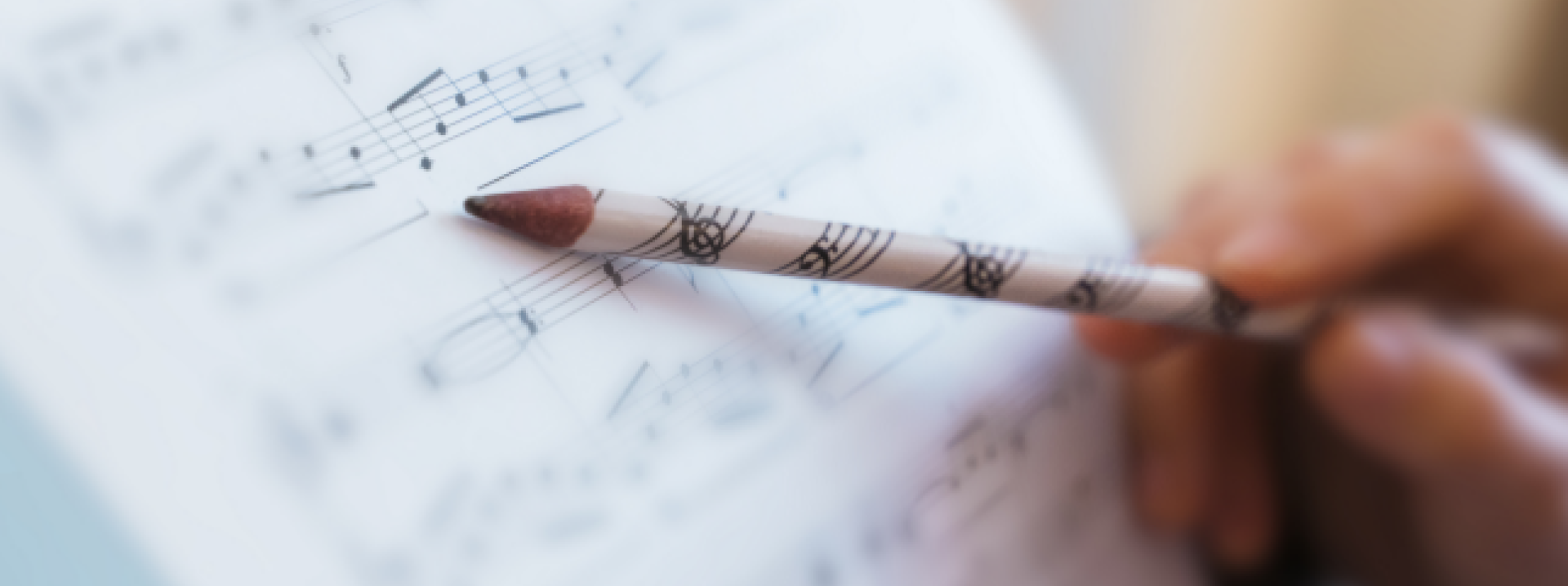Sheet music
Musical contribution - June 2019

(LiVE sample set: Utrecht, Bätz)
Trio sonata in B-flat major (part 1) Gottfried Heinrich Stölzel (1690-1749)
Back in November 2016, I wrote that it’s very important for organists to play trios. However, I realize that we rarely offer trios for the musical contribution. That’s now going to change. We’re presenting you with the first part of this one now, and the second and third parts will follow next year.
The composer Stölzel was born five years later than Bach and died a year earlier, making him one of Bach’s contemporaries. Bach both knew and greatly appreciated Stölzel’s oeuvre, even using a number of Stölzel’s works in his own compositions and writing arrangements of others.
When playing trios, all stops are considered equal. It doesn’t matter so much which registration you use, as long as they are roughly equivalent to each other in terms of strength. Some examples include:
2 x flute 8’ and 4’ and pedal board 16’, 8’.
8’, 4’ instead of 8’, 2’
8’, 3’ instead of 8’, 2’
8’, 4’ with a reed
8’, 4’, 2’ instead of 8’, 4’ sesquialtera etc.
The most beautiful effect arises from the transparency of the outer parts of a trio sonata, particularly if there is a canon (bars 1-4, 10-14, etc.). However, the parallel thirds may also sound transparent.
Warm regards,
André van Vliet